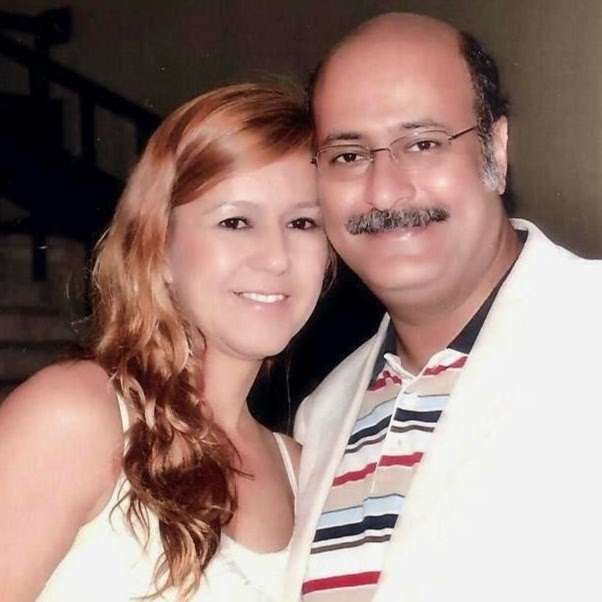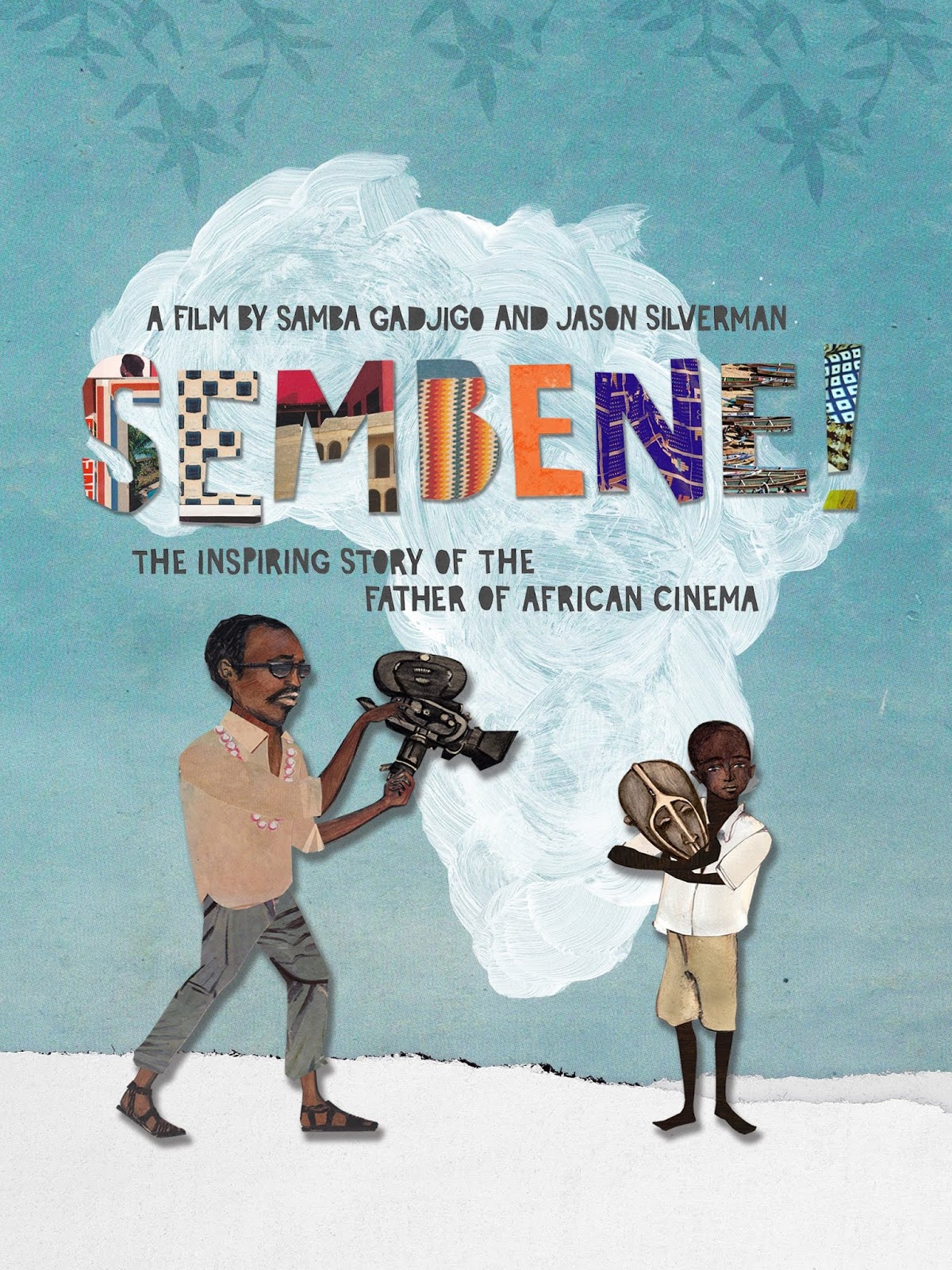by Sherif Awad
After its American premiere in Sundance Festival 2015 and its European premiere in Cannes Festival 2015, the documentary Sembene! got its Egyptian premiere during the 5th edition of Luxor African Film Festival last March with the presence of its co-director Samba Gadjigo who went back to United States with the Jury Award for Best Documentary. The film can discovered on Amazon Prime for those who can be interested to know the history of African and the rise of its cinema after the end of colonialism.
A professor of African Studies and French Language in Mount Holyoke College, Samba Gadjigo, who directed the film with Jason Silverman, is the best one who can retell the story of the late Senegalese filmmaker Ousmane Sembene (1923–2007), known as the Inspiring Father of African Cinema. Even before Gadjigo met Sembene to become his accompanying translator worldwide and his biographer, he was studying and teaching his films to his students in the United States.
In the documentary, we learn how Sembene crossed the geographical boundaries of his native Senegal through his films that were shown worldwide only to become a main tool in comprehending about the aesthetics of African film. Sembene! begins with the return of Gadjigo to Sembene house in Senegal only to discover that the books and the film prints of the great filmmakers were neglected and left in the heat and the dust. Then, in a style close to dramatic films, we go back in time with Gadjigo’s accompanying voice to discover Ousmane Sembene’s story that one day, I am sure, it will be the premise of another epic narrative feature.
Born in 1923 in Casamance, southern Senegal, where his fisherman father had migrated from Dakar around 1900, Sembene was expelled from school in 1936 for indiscipline. He was also unable to take on his father’s trade because he was always seasick. Two years later, he was sent to his father’s relatives in Dakar, headquarters of the territories of French West Africa. He spent six year working as a mechanic while developing the habit of reading comics and seeing movies. As a French citizen, in 1944, like many young Africans of his generation, he was called to active duty to liberate France from German occupation and subsequently was dispatched to the colony of Niger as a chauffeur in the 6th colonial infantry unit. Upon being discharged in 1946 at the end of WWII, he went back to Dakar in the midst of charged social and political activism. The following year, he migrated to France and lived in the Mediterranean city of Marseilles until 1960, the year Senegal was granted its political independence. After backbreaking work unloading ships during the day, Sembene enthusiastically attended seminars and workshops on Marxism. In 1951, while unloading a ship, Ousmane Sembene broke his backbone. After a long recovery that spent reading more book, he was unable to sustain the physical effort required by this past and so he was assigned a post as a switchman. Ousmane Sembene also worked to educate and liberate the community of mostly illiterate and apolitical African workers shipwrecked at the margins of French society. Because he failed to communicate with African masses through his short stories and poems, Sembene came to film making, as a last resort. Indeed, most of his film works were adaptations of earlier short stories and poems.
In its short running time (around 87 minutes), the documentary serves as a catalysis to make us keen to rediscover Sembene films and to know how he studied cinema for one year only in Russia and returned to his country to create his immortal masterpieces starting from Borom sarret (1963) until his last film Moolaadé (2004). The film ends on Samba Gadjigo who explained to us how he received the news of Sembene’s death when he was in Dakar airport coming as usual to visit him. During the rolling credits, we learn that Gadjigo started a restoration project of all Sembene’s work along with a book on his life and film works.

